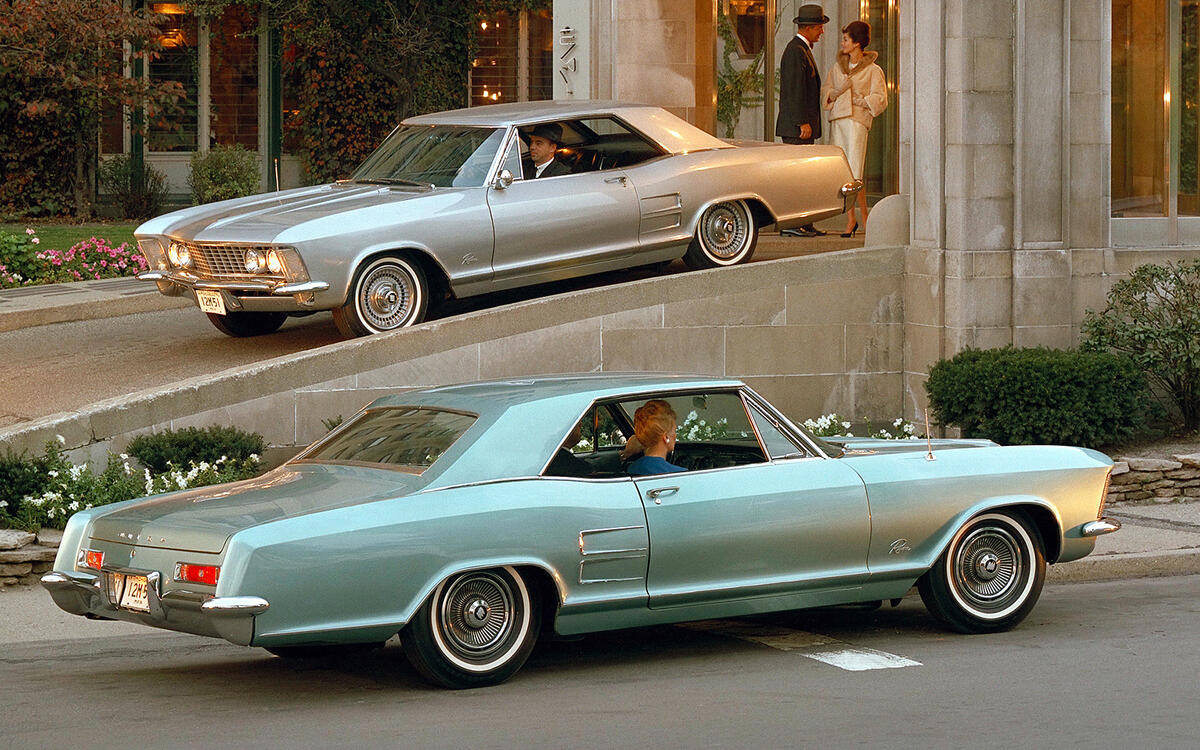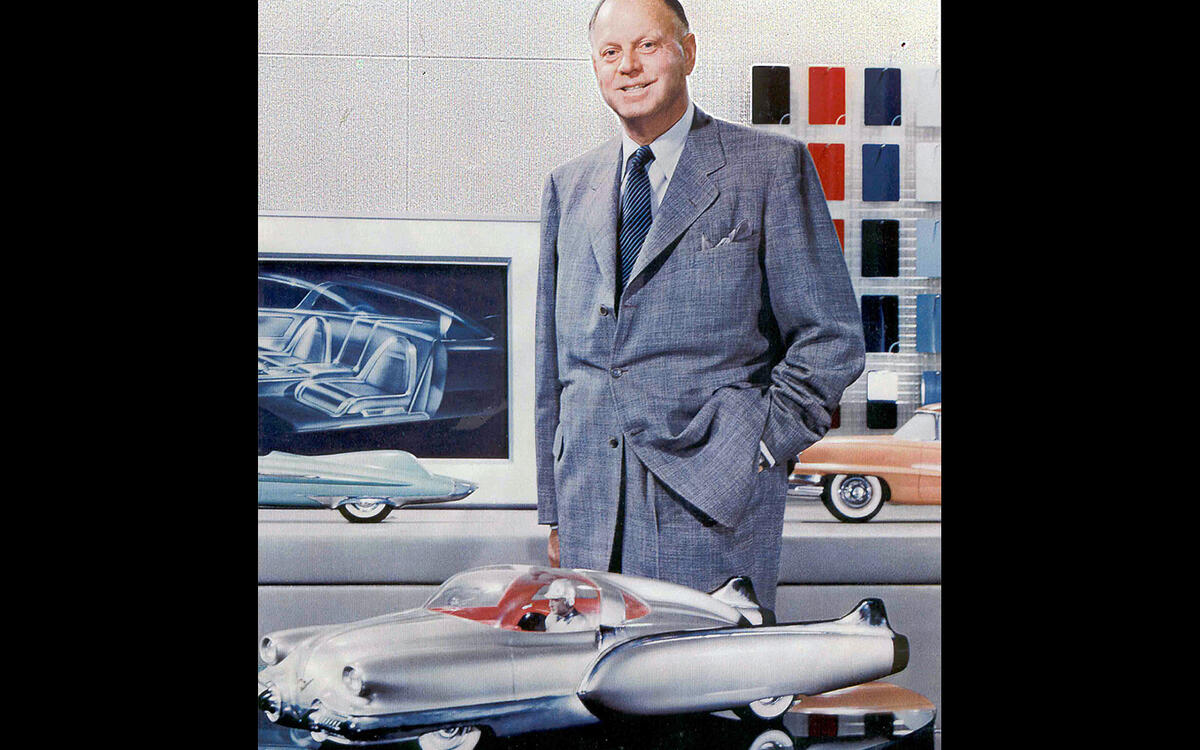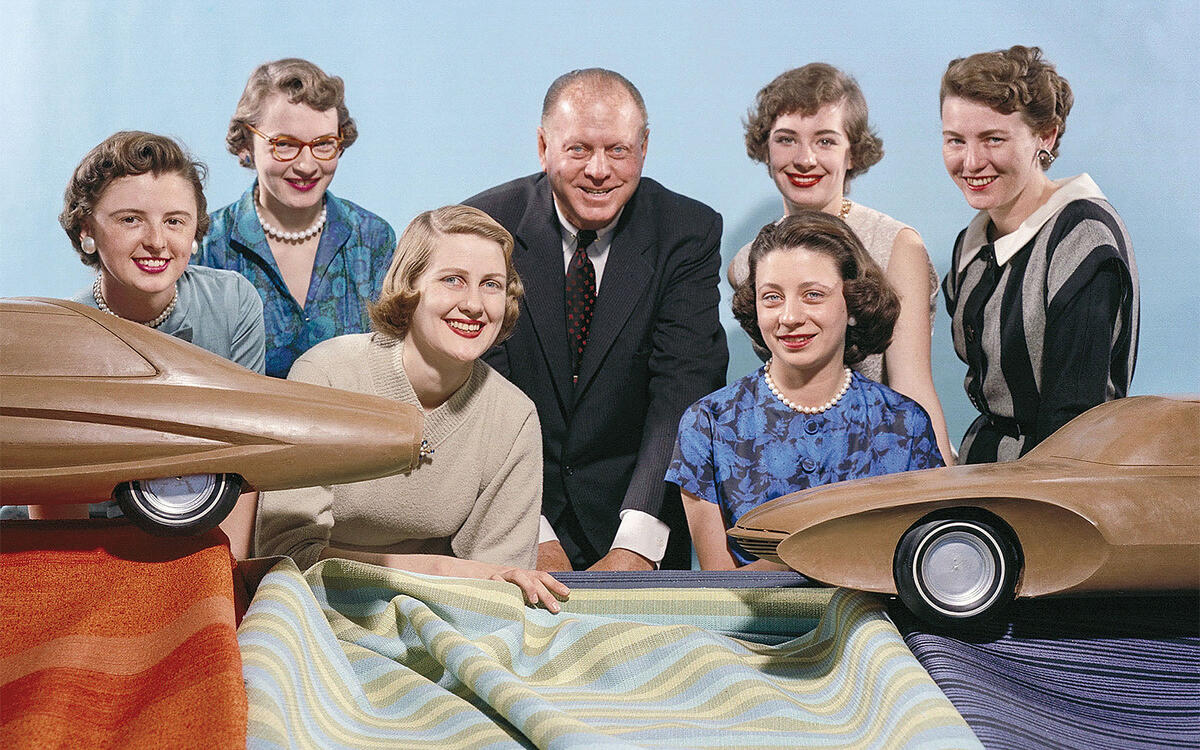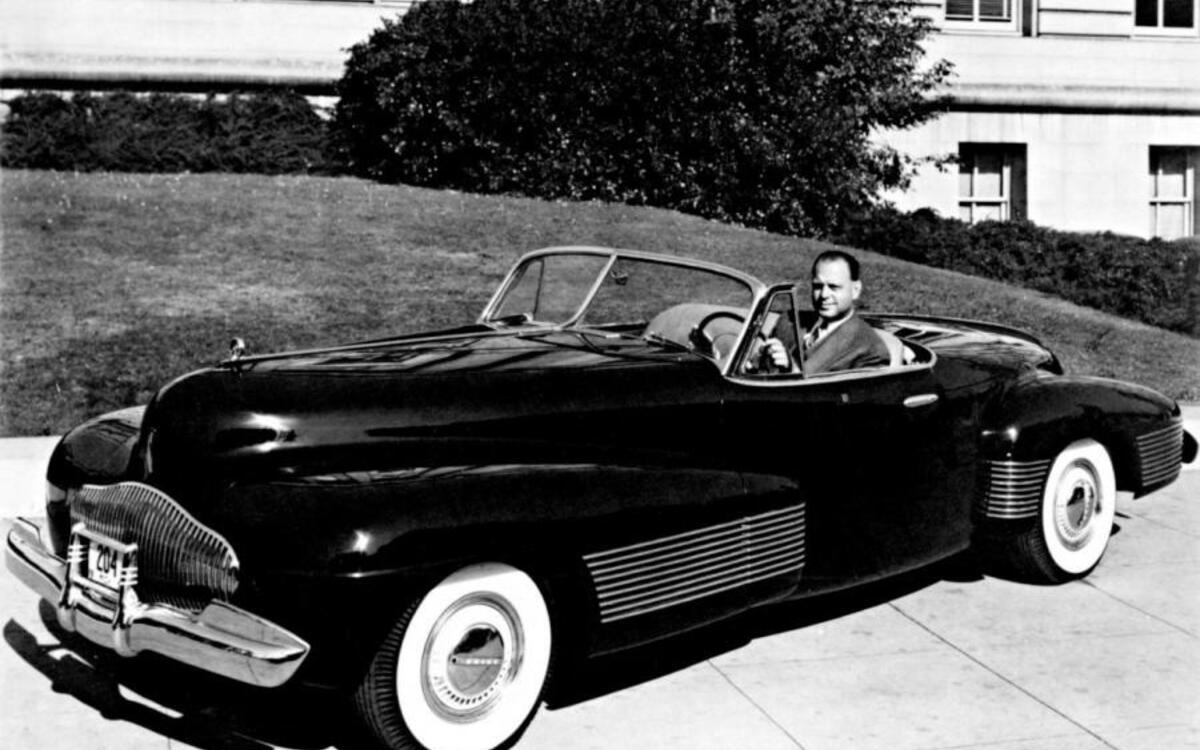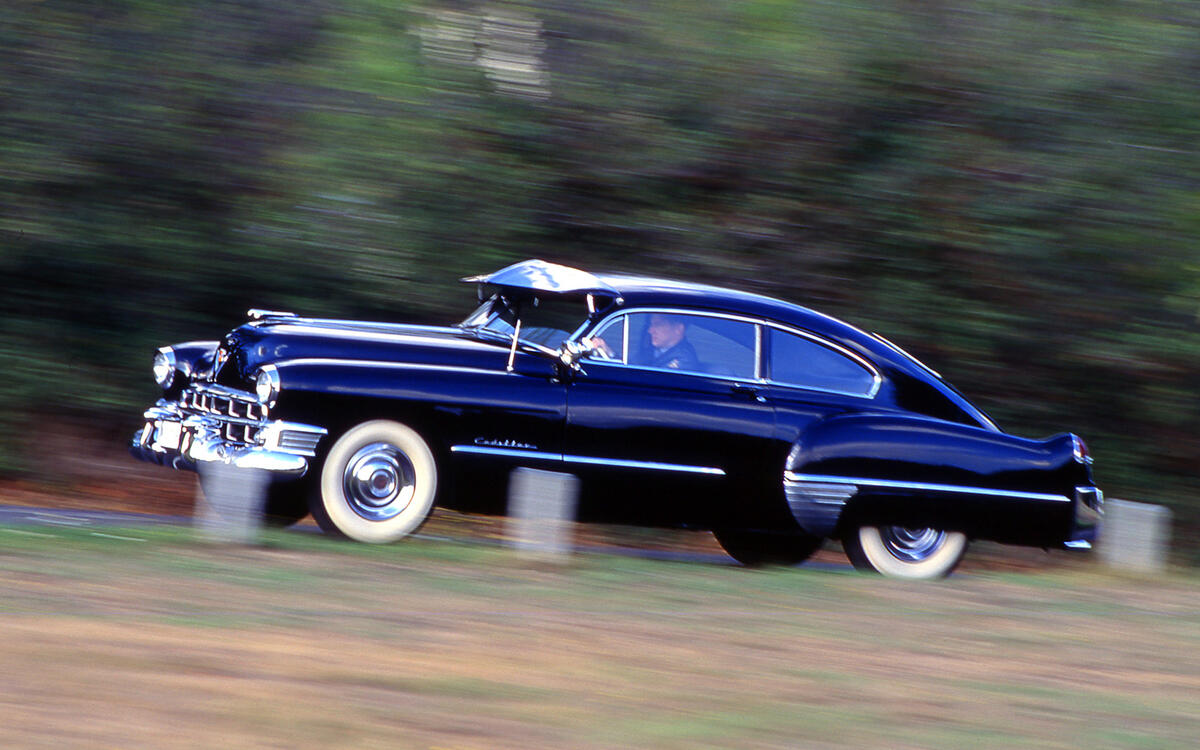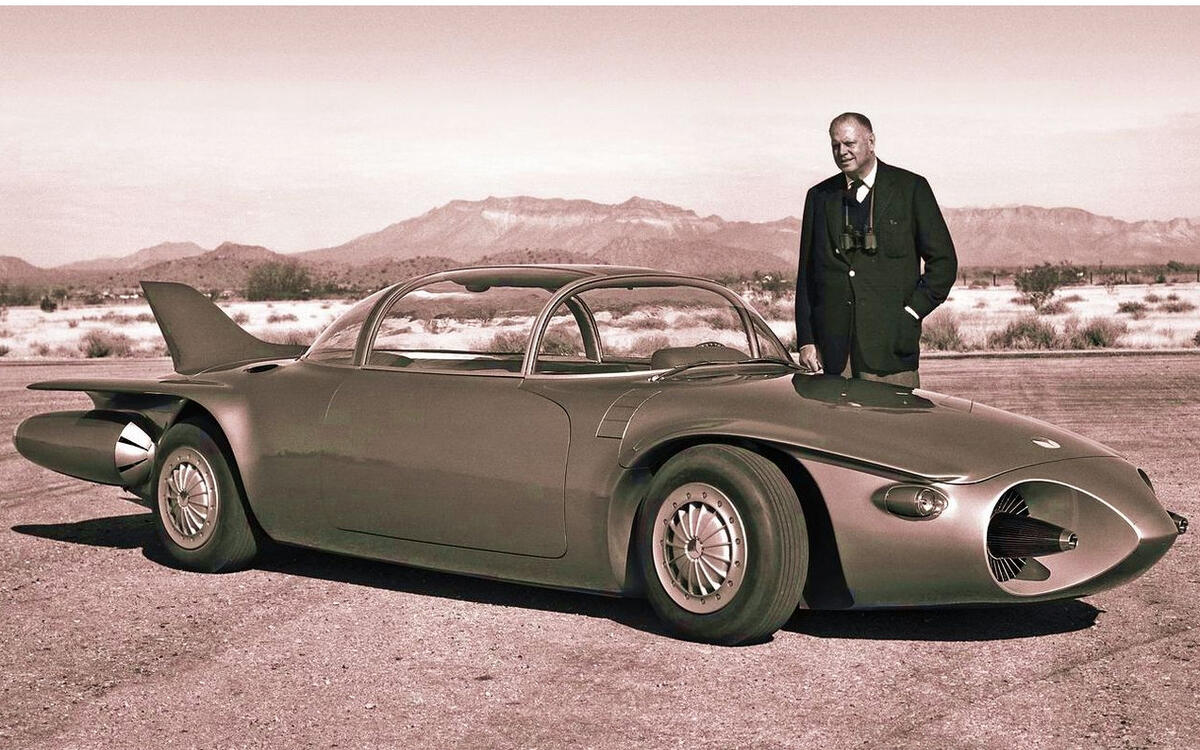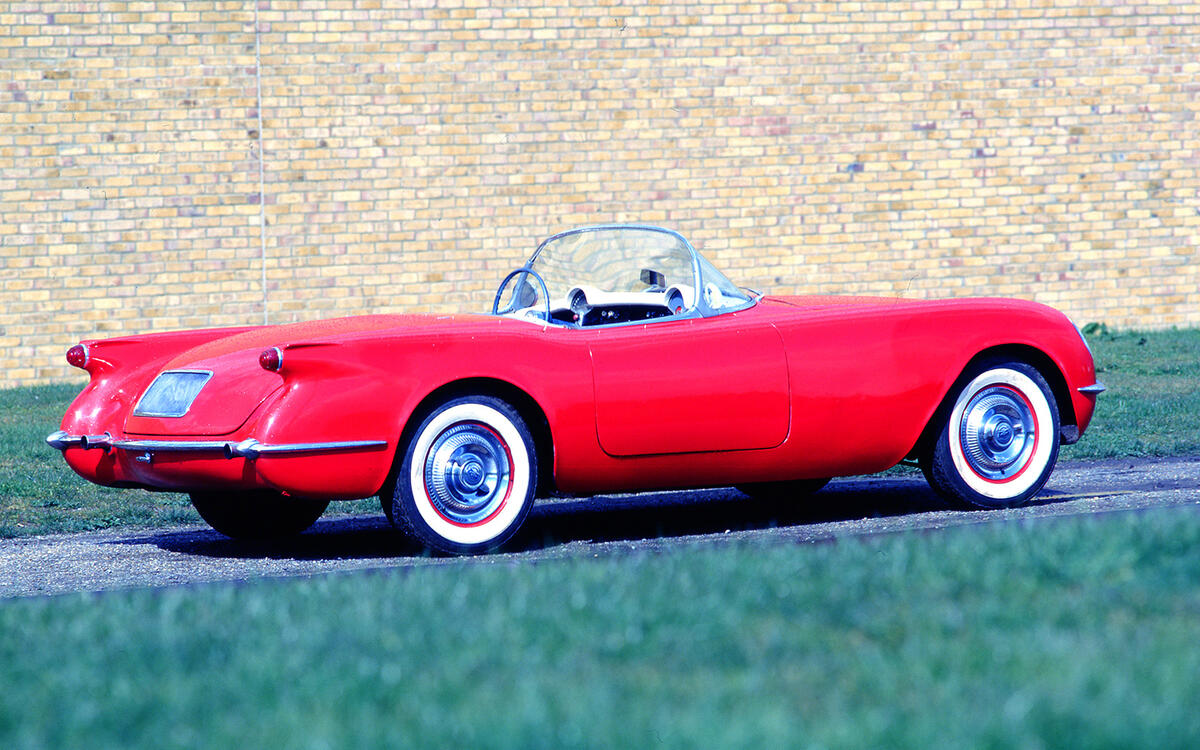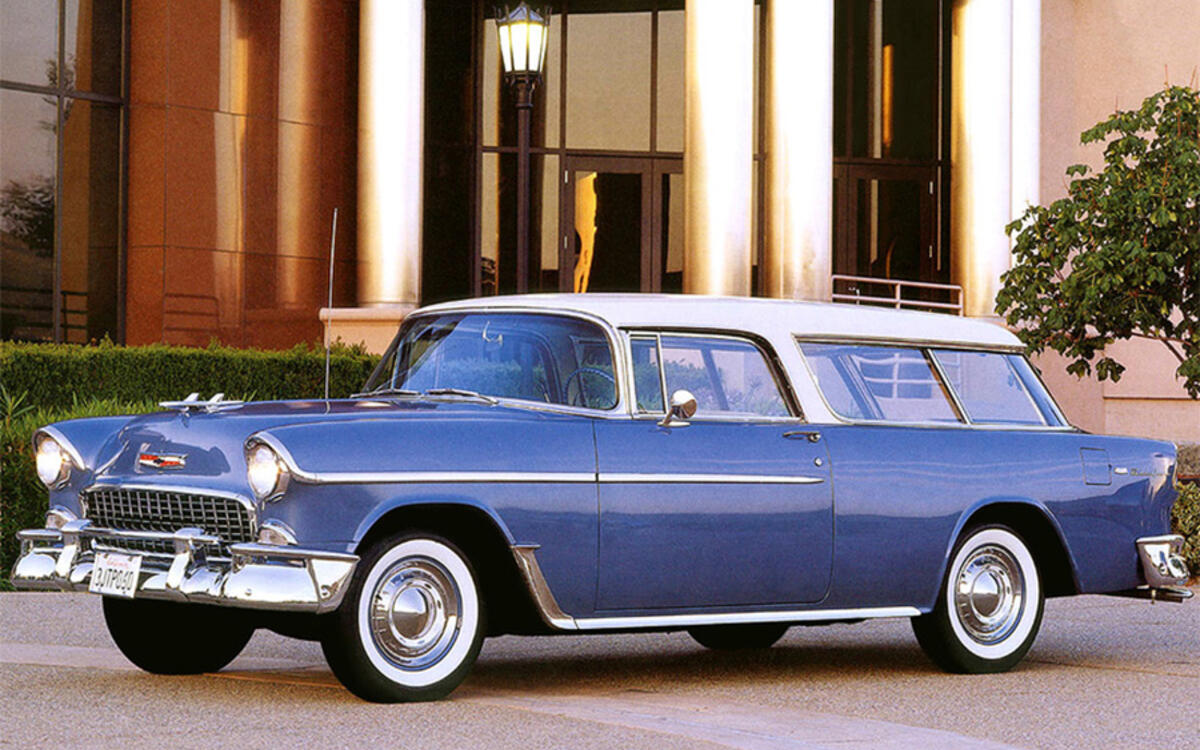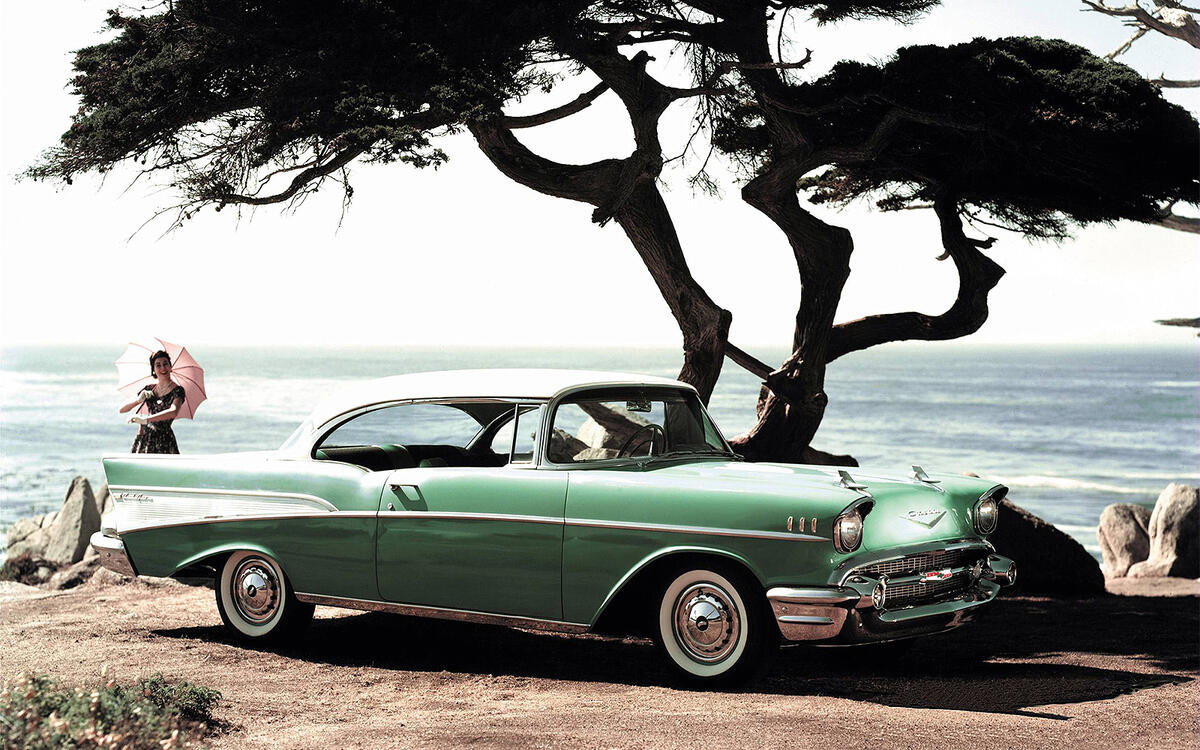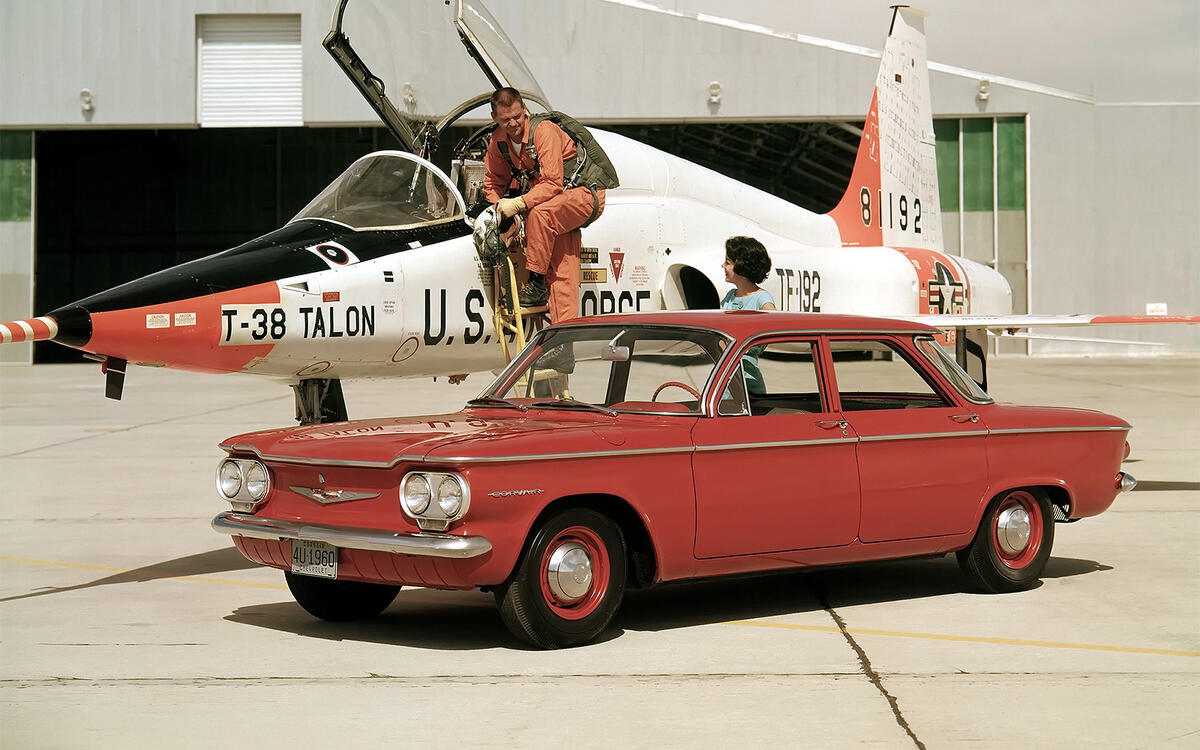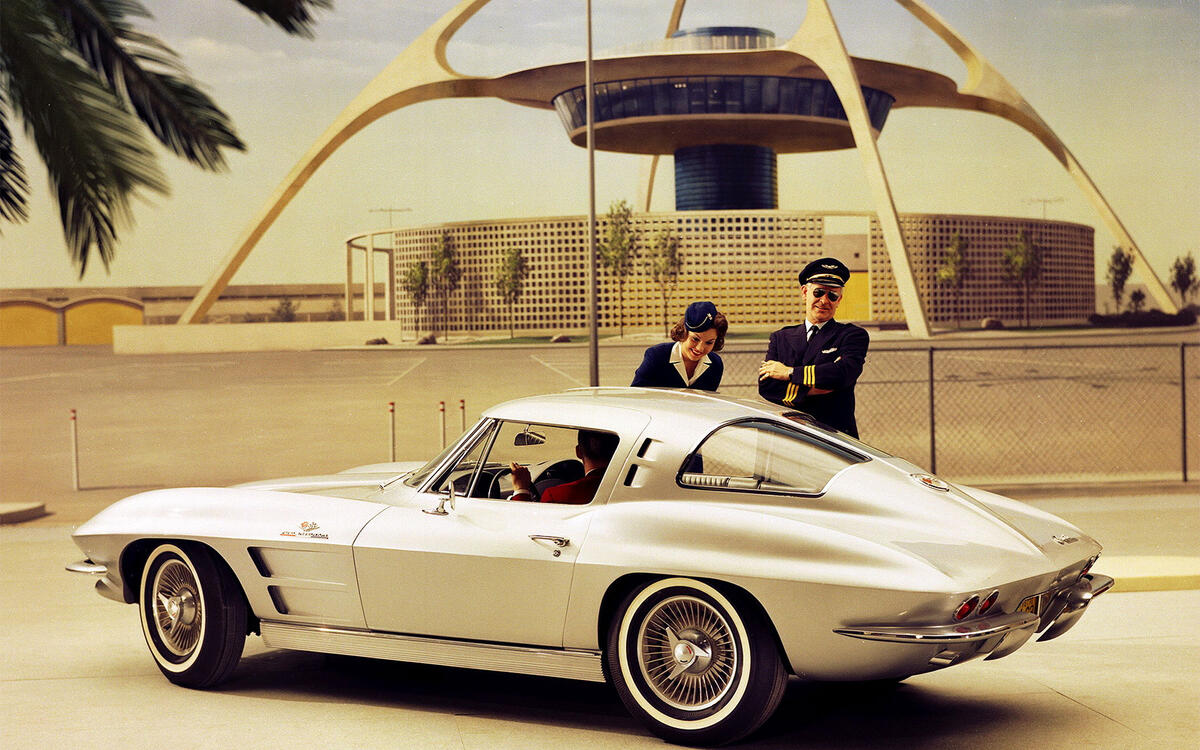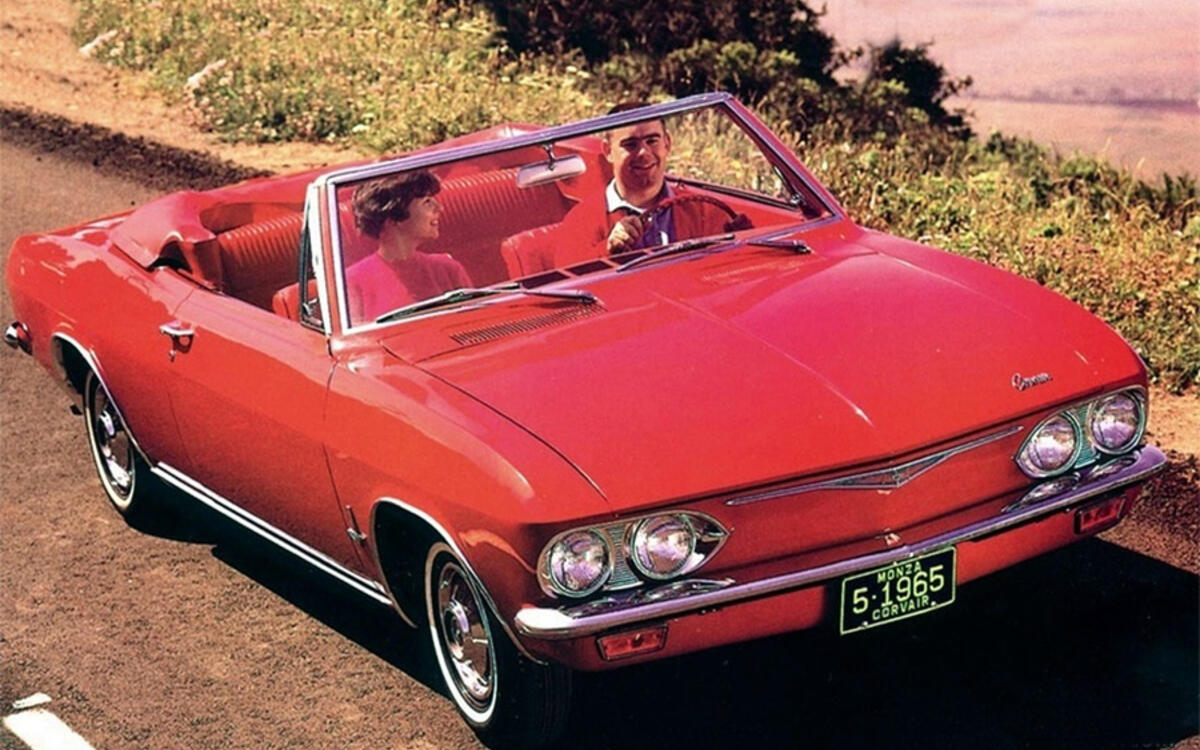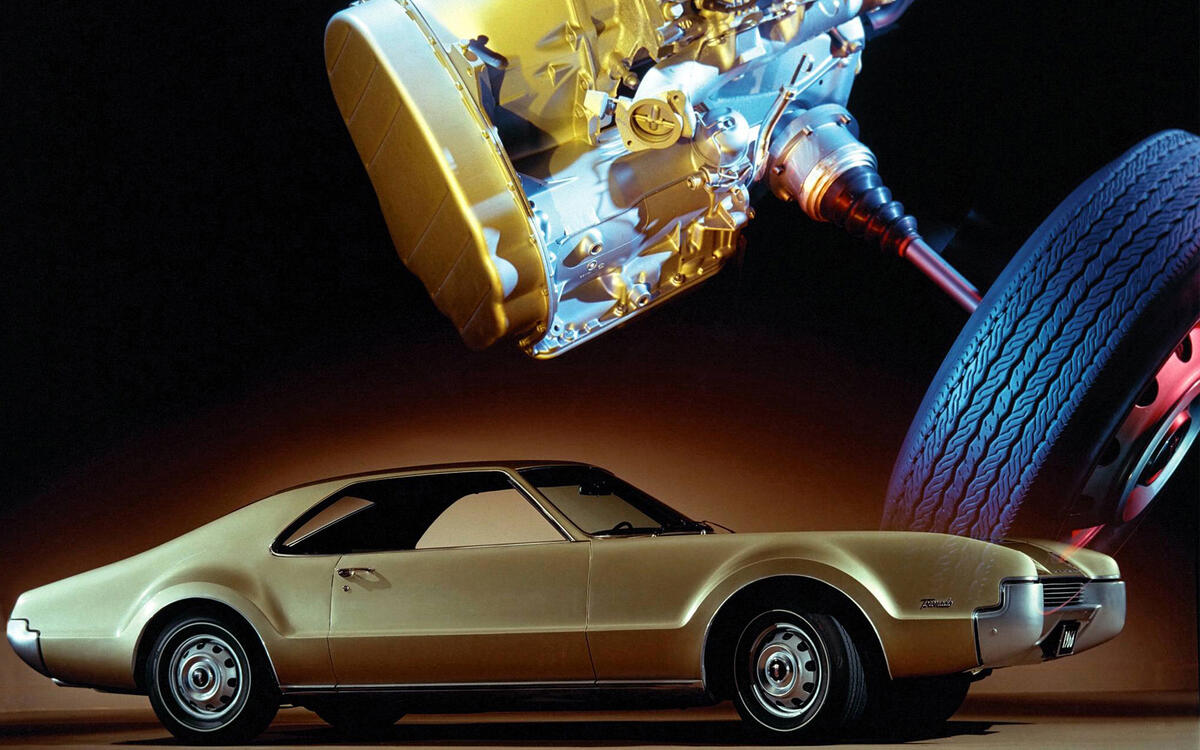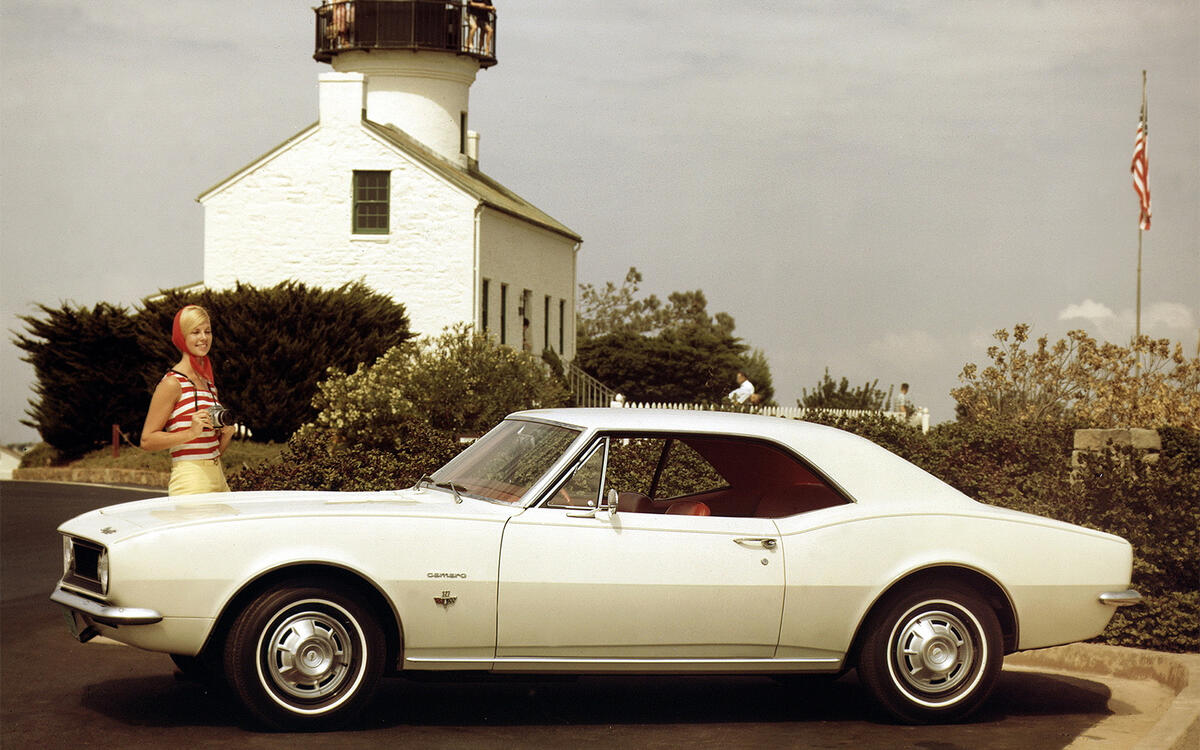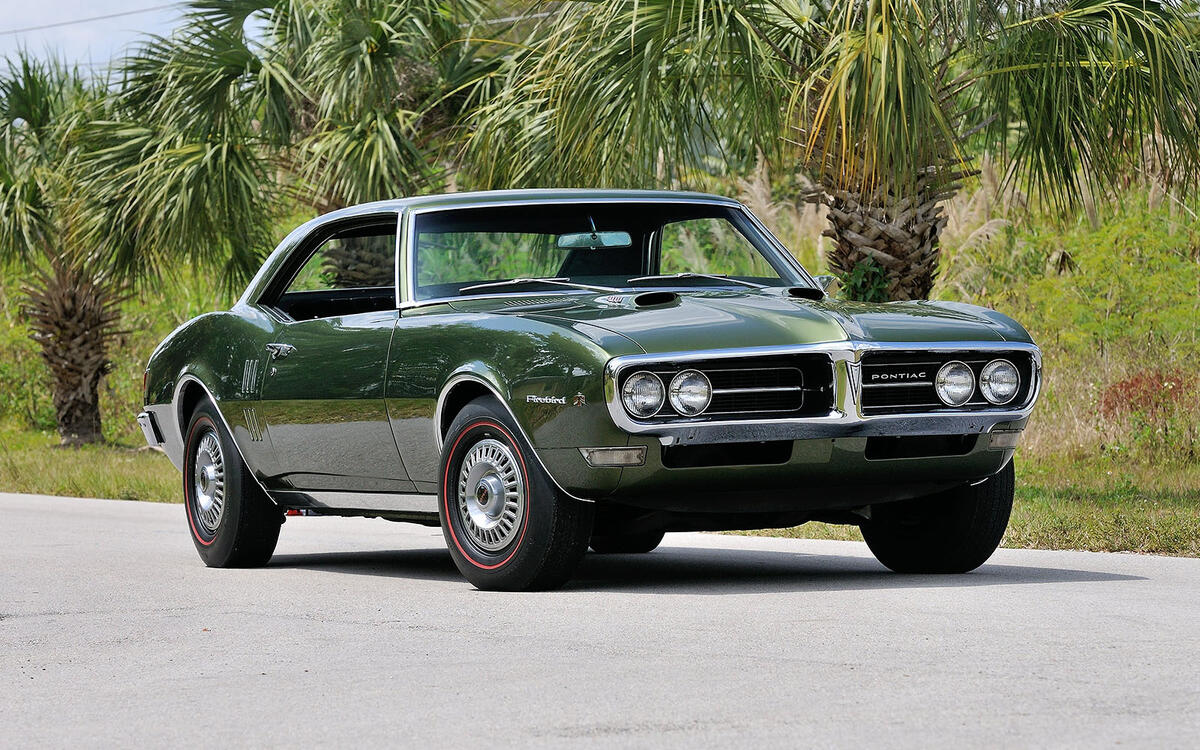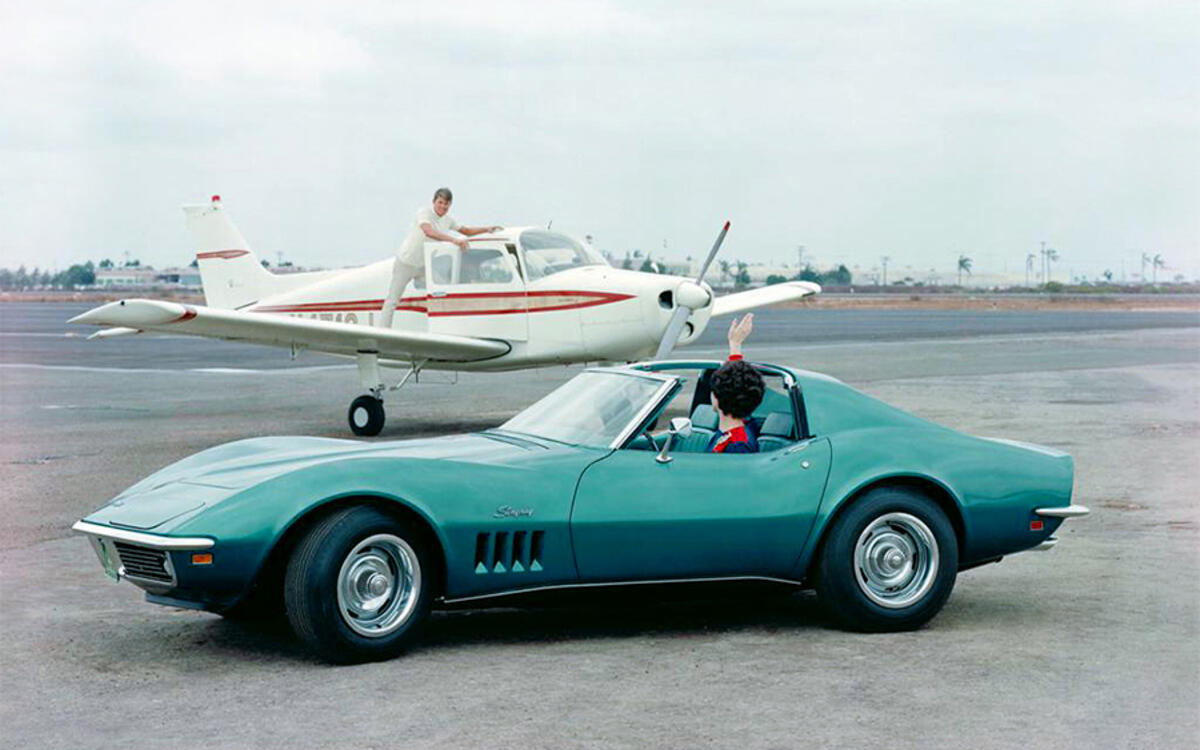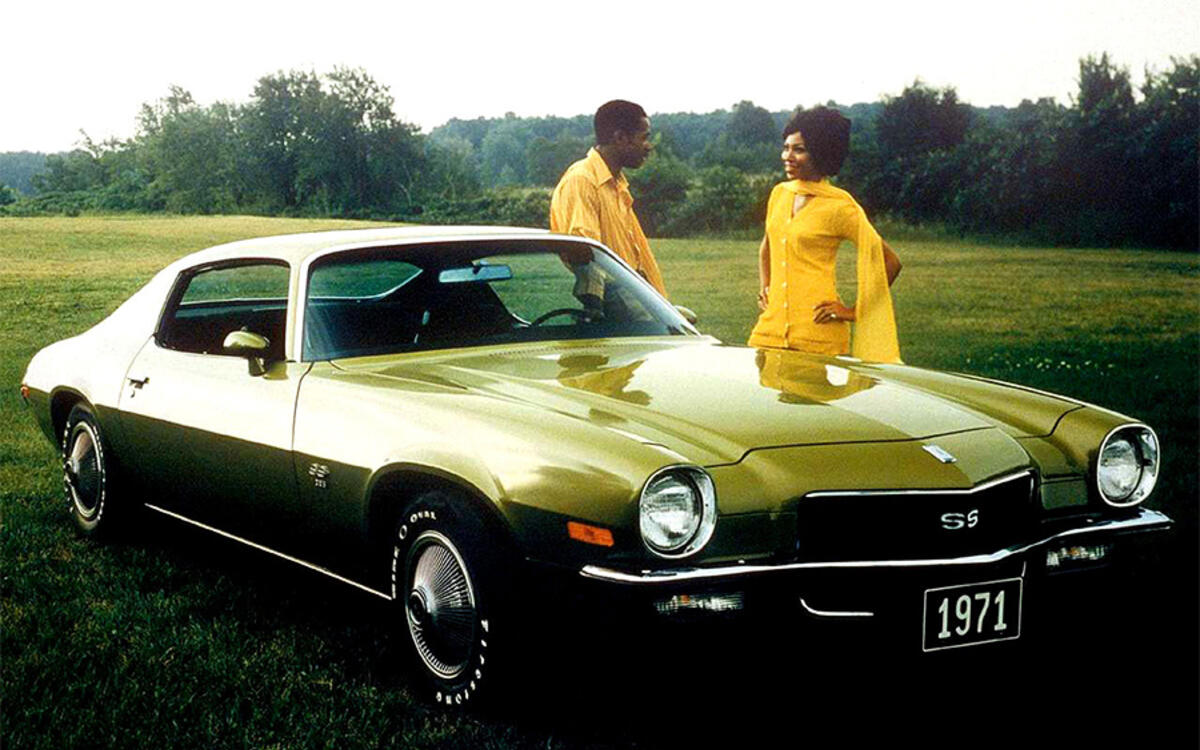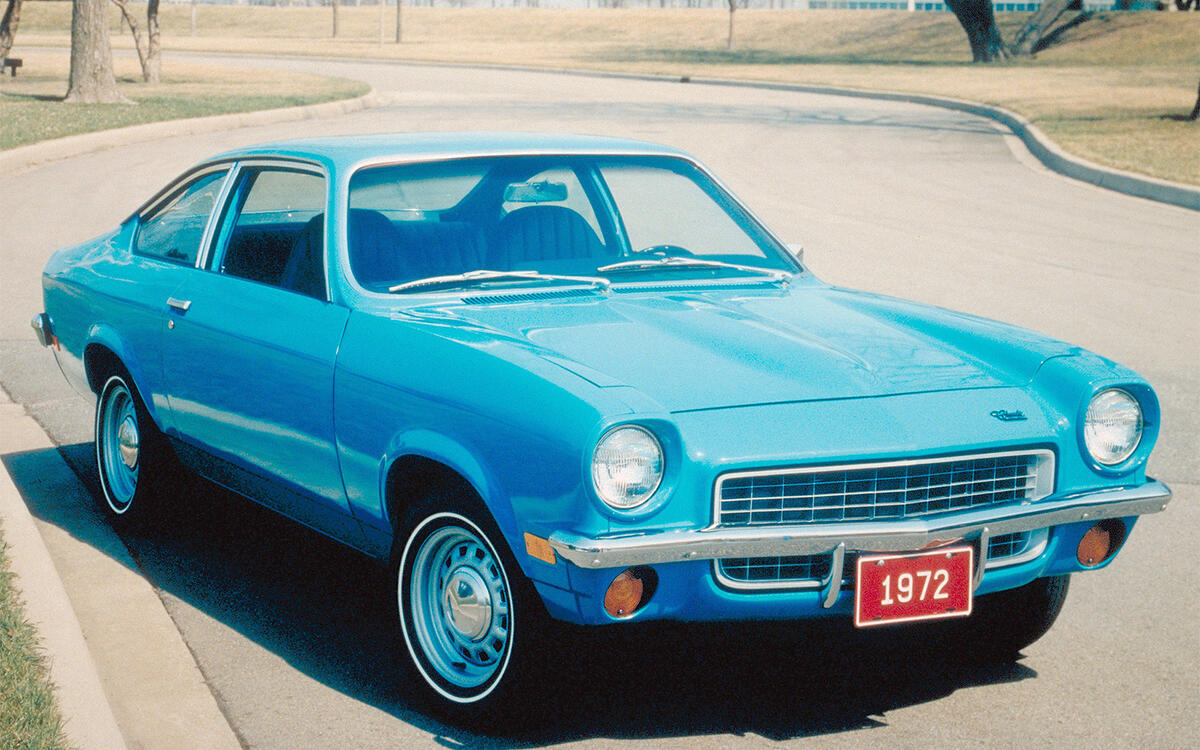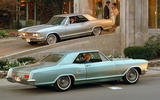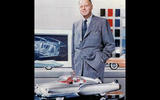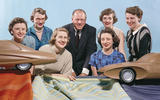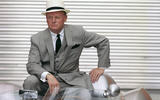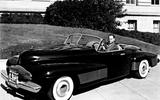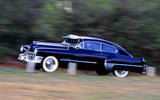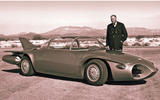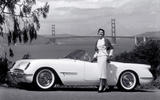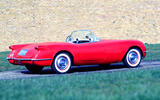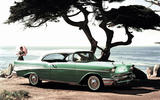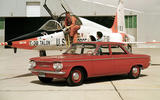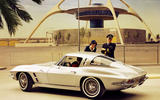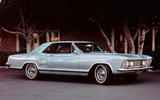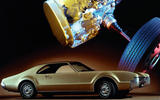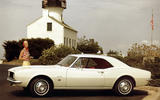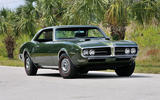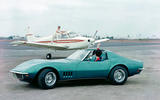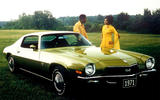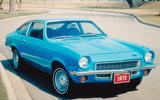 Slide of
Slide of
General Motors will turn 110 years old on September 16 2018.
GM turned car design into a discipline, an art form and at times even a mass entertainment show. The company was one of the earliest to recognize the selling power of attractive design; it wasn’t always good design, but it was often potently desirable. It was the first company to devise the studio system of competing design teams, and the first to use clay for full-size modeling and more.
Driving this period of rapid innovation were a few of the most visionary and effective design bosses the industry has seen, their personal impact at least as important as some of the landmark designs they nurtured and launched. Many consider that the golden age of GM design – and perhaps for the whole US car industry – was from the 1940s through to the early 1970s, during the tenures of Harley Earl, and then his successor Bill Mitchell.
Though initially derided internally as the ‘pretty picture department’, the Art & Color Section, later renamed the Styling Section, would be instrumental in helping GM become the world’s largest company and one that earned a staggering $1.5 billion profit in 1962, when it held a mighty 51% of the US car market.
Here, then, is a look at some of its greatest designs, but we start with a brief look at the design chiefs behind them:
 Slide of
Slide of
Harley Earl, Vice President, Art & Color/Styling Section 1927-58
Harley Earl, General Motors’ flamboyant head of design from 1927 to 1958, turned car design into an art form that generated nationwide desire.
The son of a coach maker (the horse-drawn variety), Earl customised cars for Hollywood glitterati and was hired by a local Cadillac dealer before being spotted by General Motors.
 Slide of
Slide of
Harley Earl, Vice President, Art & Color/Styling Section 1927-58
He established the company’s Art and Color section, the world’s first department solely dedicated to car design. A nurturer of talent and a hugely successful advocate of design, Earl developed clay modeling, established the studio system, championed women designers (pictured), introduced the annual model year change, and developed the first concept car.
He and his hugely able team ushered in tailfins, pillarless hardtops, two-tone paint and wraparound screens among many striking novelties. The first design vice-president of any car company, in 1999 the Detroit Free Press ranked Earl the third most important Michigan artist after Aretha Franklin and Stevie Wonder. He died in 1969, aged 75.
 Slide of
Slide of
Bill Mitchell, Vice-President, Styling Section 1958-77
Mitchell had big shoes to fill following Harley Earl’s retirement in 1958, but fill them he did, overseeing the design of a staggering 72.5 million cars, plus a few million trucks besides. Mitchell also found time to pursue what can most kindly be described as an exuberant work hard, play hard lifestyle - complete with opinions that might not see him last beyond lunchtime on his first day today.
But the past is a foreign country, they do things differently there, and despite the company’s straight-laced culture, he remained with GM for 42 years. He presided over what many consider to be a golden age of design. He died in 1988, aged 76. And onto the cars:
 Slide of
Slide of
1938 Buick Y-Job
The first car built purely to gauge the public’s reaction to a design, this first concept car radical and hugely influential. The Y-Job’s body was lowered and freed of running boards, the blending of wings into bodywork and the rounding of corners creating a sleek, streamlined look that would influence car design for more than 20 years. The waterfall grille can still be seen on Buicks today.
Constructed as a fully operational vehicle, when its primary research tool and publicity generating missions were over, Earl used it as his daily driver (pictured).
 Slide of
Slide of
1948 Cadillac Series 61 Fastback
Designer Frank Hershey’s audacious tailfins were championed by his boss Harley Earl, their development igniting an ever more extravagant styling trend that mirrored the good times felt by postwar America.
Hershey’s inspiration was the Lockheed P38 Lightning fighter plane, but it wouldn’t be long before American rockets were boldly referenced by excitable stylists whose fins increasingly reached for the sky. Both saloon and fastback (pictured) Series 61 Cadillacs were developed, the latter inspiring the 1952 Bentley R-Type Continental.
 Slide of
Slide of
Motorama
A mobile motor show complete with singers, dancers and specially designed futuristic ‘Parade of Progress’ buses, Motorama showcased GM’s most dramatic concept cars together with full-size cutaways, cars whose bodies lifted to reveal their mechanicals and cars with transparent bonnets.
The latest production models also featured among lavish sets that were regularly built up and torn down as the show traversed the country. Motorama ran from 1950 to 1961 and inspired often-fabulous concepts, such as this Firebird II concept (1956), as pictured with Harley Earl.
 Slide of
Slide of
1953 Chevrolet Corvette EX122 concept
The Corvette was design chief Harley Earl’s answer to the European sports car craze sweeping North America’s coastal states. Project Opel started life as a 1953 Motorama concept (pictured) and was so popular that Chevrolet launched it only months later, the first 319 white cars being virtually handbuilt.
 Slide of
Slide of
1953 Chevrolet Corvette C1
Launched as a six cylinder with a Powerglide automatic, the mechanically basic Corvette in production form (pictured) was initially more cruiser than sports car, but the V8 and manual transmission were soon to enliven a car that has been an often spectacular enthusiasts’ staple for 65 years.
 Slide of
Slide of
1955 Chevrolet Nomad
Another car born out of the Motorama shows, this hardtop-style three-door wagon was first publicly aired at the 1954 show on an adapted Corvette. But Chevrolet was simultaneously developing a production version based on its mainstream Bel Air sedan.
Though highly collectible today, the Nomad was a slow seller, its appeal limited by the two-door style and it’s positioning as a sporty top-of-the-range model. The sporting wagon concept was lost on most buyers, and from ’58 it got four doors.
 Slide of
Slide of
1957 Chevrolet Bel Air
The famous ’57 Chevy should never have happened. GM planned an all-new look for ’57, but delays forced a major facelift of the ’55-‘56 model, which received a new dashboard, distinctive headlight trims, bigger bumpers, tailfins and an altogether more flamboyant look that included anodized gold décor on the upmarket Bel Air version.
Chevy’s superb small block V8 debuted with the ’55 too, this option just fitting within the engine bay of this relatively light car. That popularized it with drag racers, surfers, hot-rodders and, thanks to a radiator set well back from its nose, demolition derby racers too.
 Slide of
Slide of
1959 Chevrolet Corvair
GM’s only mass-produced rear-engine car, infamous for being the main target of campaigner Ralph Nader’s book ‘Unsafe at Any Speed’.
Never mind the handling, though: this striking saloon, its waist bounded by a continuous chrome strip, its roof overhanging the rear window, influenced the European designers of the rear-engined Hillman Imp and the NSU Prinz, besides bringing innovation to economy-minded American motorists, making do with six cylinders.
The Corvair’s air-cooled flat six, flat floors and tough constitution made it a reputation; but swing axles and the weirdness of its recommended tire pressures smashed it.
 Slide of
Slide of
1963 Chevrolet Corvette Sting Ray
Developed from a race-car built in their own time by design boss Bill Mitchell and colleague Larry Shinoda, the second generation Corvette was a lot more convincing as a sports car than its cruising predecessor.
A lighter, stronger body structure, independent suspension and later a fuel injection option gave GM a Jaguar E-Type rival. Dramatic styling features included the Coke bottle contouring of its glassfibre body, pop-up quad headlights and most famously, a split rear window, dropped after a year. The ’63 Sting Ray remains one of the best-looking American cars ever.
 Slide of
Slide of
1963 Buick Riviera
Sergio Pininfarina declared the ’63 Riviera ‘one of the most beautiful American cars ever built,’ while Jaguar’s Sir William Lyons considered it ‘a very wonderful job’. Soon after becoming design chief, Bill Mitchell commissioned Ned Nickles to design a rival for Ford’s four-seat Thunderbird coupe.
Bizarrely, project XP715 initially belonged to no brand. Neither Cadillac nor Chevrolet needed it, so Buick got to sell one of the best-looking cars GM has ever made. It was a proper grand tourer too, with real power, a decent chassis and a beautiful interior.
 Slide of
Slide of
1965 Chevrolet Corvair Monza
Chevrolet performed a dramatic and very complete facelift on its rear-engined Corvair to counter consumerist Ralph Nader’s criticism of its handling. The Corvair adopted fashionable Coke bottle styling to elegantly graceful effect, the four-door becoming a pillarless hardtop.
The dashboard was redesigned, as was the rear suspension. Based on the Corvette’s, it transformed the handling, but despite excellent reviews none of this was enough to revive sales, the new Ford Mustang doing at least as much damage as Nader.
 Slide of
Slide of
1966 Oldsmobile Toronado
The Toronado was the result of GM’s desire to produce a front-wheel drive car, with the ambitious additional aim of engineering the engine, gearbox and differential to occupy the same space as a rear-drive car’s engine. The United Power Package was the result, a 2294-piece Morse chain taking drive from crank to transmission.
Designer David North’s beautiful 1962 concept drawing, dubbed the Flame Red Car, morphed into the still more beautiful pillarless Toronado four-seat, hidden headlight, two-door coupe.
 Slide of
Slide of
1967 Chevrolet Camaro
It must have been a worrisome task to design a competitor to the fastest-selling car the world has yet seen – the Ford Mustang. But Chevrolet did it with the confident ’67 Camaro, a coupe and convertible offered with powertrains ranging from a 3.8 six-cylinder to a 6.5 V8.
Amazingly, given its handsome looks, this was a committee-developed car, tweaked and prodded by senior management into a machine that neither design chief Bill Mitchell nor deputy Irv Rybicki were proud of. Yet it aged well enough to inspire today’s fifth-generation Camaro.
 Slide of
Slide of
1967 Pontiac Firebird
More than merely a badge-engineered Camaro, the Firebird’s unique-to-Pontiac engines sat further back in the frame to improve handling, the suspension firmed to the same end.
Pontiac’s distinctive bisected grille, the vertical indents aft of the doors and its slender, horizontally split taillights produced a car that had a pretty individual look despite sharing many Camaro panels. The interior was more luxe than the Camaro’s, a funky bonnet-mounted tachometer an option along with five different powertrains. PICTURE: 1968 Pontiac Firebird Ram Air II
 Slide of
Slide of
1968 Chevrolet Corvette C3
Developed from the Mako Shark II concept designed by Larry Shinoda, the third generation Corvette again provided visual drama with its voluptuous wings, waisted cabin, low nose and buttress-flanked rear window. That rear window was removable, as were the twin-panels of the T-bar roof.
Despite these alfresco features, a full convertible was also offered. Further detail appeal provided by pop-up headlights, as well as wipers hidden behind a vacuum operated panel and novel fibre-optic light monitoring systems.
 Slide of
Slide of
1971 Chevrolet Camaro
This was the look Bill Mitchell and colleagues wanted the Camaro to have originally, the need to rush out a coupe to counter the Mustang producing a car that few GM designers were happy with.
More assertively masculine than the ’67 car, there was nevertheless pleasing delicacy in the ’71 Camaro’s glasshouse, slender chrome bumpers and dramatic egg crate grille. The need for impact-absorbing bumpers spoiled that look in later cars, but it continued to offer excitingly aggressive style for relatively little money.
 Slide of
Slide of
1971 Chevrolet Vega
The Vega was a sharply styled, compact import challenger. It was revolutionary not for its specification but for the way it was developed, built and even physically delivered. A special team engineered it, advanced robotised welding aimed to double GM’s production rate while collaboration with Southern Pacific Railroad enabled Vegas to be shipped vertically, their sumps, washer bottles, carbs and batteries modified to suit.
But the Chevrolet division disliked a car developed outside its orbit, the workforce disliked the robots and the 2.3 four cylinder engine disliked high ambient temperatures that in extreme cases, distorted the alloy block. This didn’t stop almost two million mostly disappointed customers buying one, but did at least serve to draw a firm-yet-still-interesting line under an especially fruitful era for General Motors.
GM turns 110 on September 16 2018 - Richard Bremner looks at an especially notable era for the company
Advertisement


